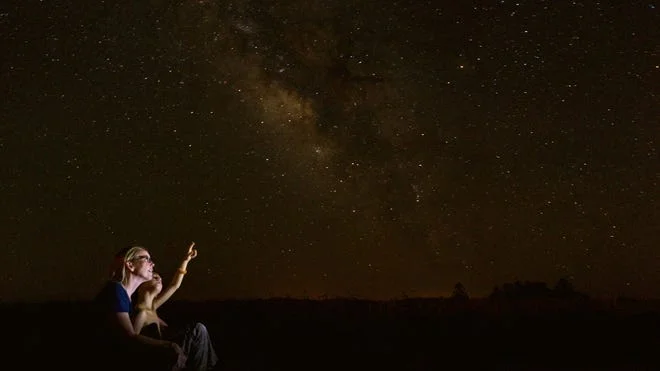
Celestial Spectacle: Venus Shines Brightest, Manhattanhenge Returns, and a New Moon Beckons
Get ready for a week of breathtaking celestial events! From the dazzling Venus reaching its greatest brilliance to the mesmerizing Manhattanhenge and a New Moon creating perfect stargazing conditions, the night sky is putting on a show you won't want to miss.
Venus: Queen of the Morning Sky
Venus has been gracing the morning sky since March, but its performance is about to peak. On June 1st, at midnight ET, Venus will reach its greatest western elongation, meaning it will appear farthest from the sun in the sky's dome. This is when Venus will be at its most easily visible, shining brilliantly in the predawn eastern sky. Even from urban locations, its unmistakable brilliance will cut through the city lights, provided your view to the east isn't obstructed.
For observers in the UK, Venus will rise around 03:15 BST, offering an hour of prime viewing time before the sun begins to paint the sky. Those in the southern hemisphere are in for an even greater treat, as Venus will appear higher in the sky, making it even easier to spot.
Manhattanhenge: A Sunset Spectacle
Twice a year, New York City transforms into a stunning display of urban beauty as the setting sun aligns perfectly with Manhattan's east-west streets. This phenomenon, known as Manhattanhenge, bathes both the north and south sides of the borough in a golden glow.
The upcoming Manhattanhenge will occur around 8:13 p.m. ET on Wednesday, May 28th. The best viewing spots, according to NYC Parks and the American Museum of Natural History, are:
- 14th Street
- 23rd Street
- 34th Street
- 42nd Street
- 57th Street
- Tudor City Overpass in Manhattan
- Hunter's Point South Park in Long Island City, Queens
If you miss this opportunity, don't worry! Another Manhattanhenge will occur around 8:22 p.m. ET on Saturday, July 12th.
New Moon: Perfect for Stargazing
For those seeking a truly dark sky for stargazing, the upcoming New Moon on Tuesday, May 27th, at 11:02 p.m. ET, is the ideal opportunity. With the moon absent from the night sky, the faintest stars and deep-sky objects will become visible. The Big Dipper and Leo the Lion are two easily identifiable constellations to look for.
Other Planetary Glimpses
Besides Venus, keep an eye out for other planetary wonders. Jupiter is visible low in the western horizon during the evening hours. In the morning, Saturn is also visible in the eastern sky for about an hour before sunrise. According to Farmers Almanac, five planets will be visible during May & June, depending on weather condition. Don't forget Mars near the Beehive Cluster, and if you look closely enough using a telescope, you might be able to spot Neptune and Uranus.
Mercury, the most elusive planet, will also make an appearance in June. Look west just after sunset from June 18 to July 6.
This week offers a fantastic opportunity to connect with the cosmos. Whether you're marveling at Venus's brilliance, witnessing the magic of Manhattanhenge, or exploring the depths of the night sky during the New Moon, take a moment to appreciate the beauty and wonder above us.
What are you most excited to see in the night sky this week? Share your thoughts and observations in the comments below!